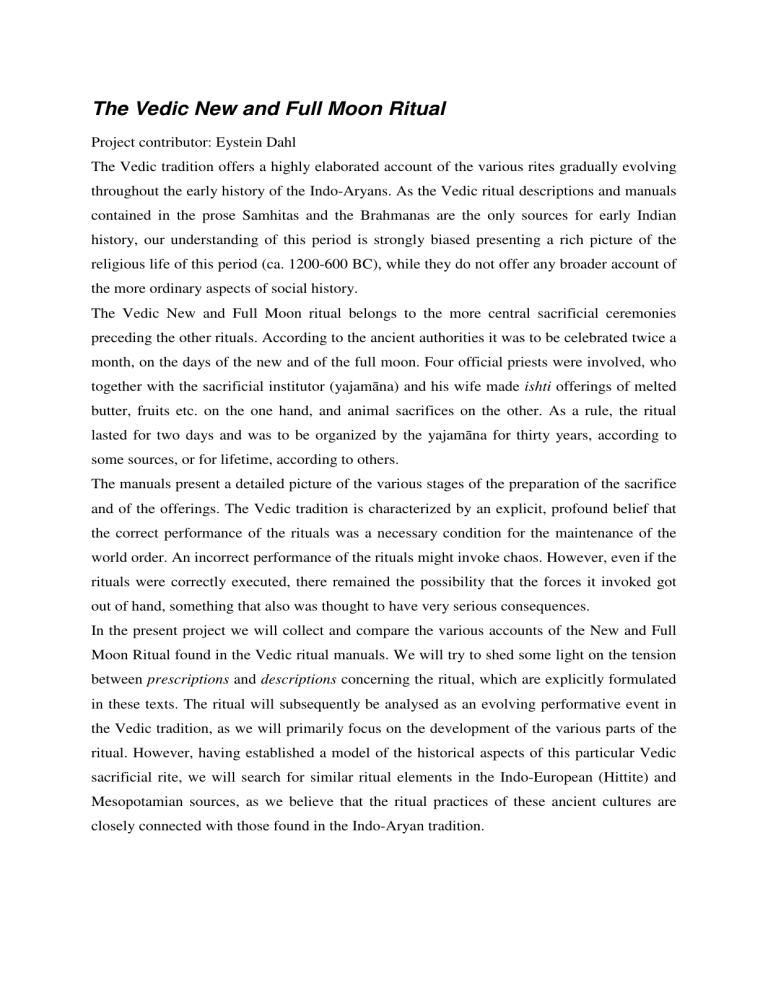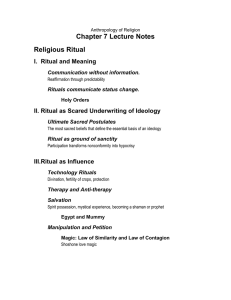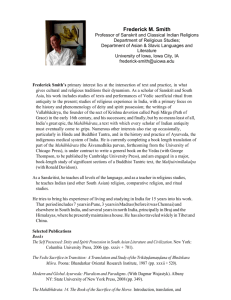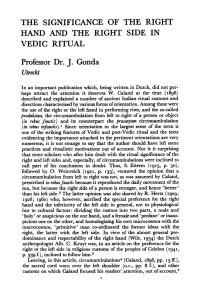Vedic New and Full Moon Ritual: A Historical Analysis

The Vedic New and Full Moon Ritual
Project contributor: Eystein Dahl
The Vedic tradition offers a highly elaborated account of the various rites gradually evolving throughout the early history of the Indo-Aryans. As the Vedic ritual descriptions and manuals contained in the prose Samhitas and the Brahmanas are the only sources for early Indian history, our understanding of this period is strongly biased presenting a rich picture of the religious life of this period (ca. 1200-600 BC), while they do not offer any broader account of the more ordinary aspects of social history.
The Vedic New and Full Moon ritual belongs to the more central sacrificial ceremonies preceding the other rituals. According to the ancient authorities it was to be celebrated twice a month, on the days of the new and of the full moon. Four official priests were involved, who together with the sacrificial institutor (yajam na) and his wife made ishti offerings of melted butter, fruits etc. on the one hand, and animal sacrifices on the other. As a rule, the ritual lasted for two days and was to be organized by the yajam na for thirty years, according to some sources, or for lifetime, according to others.
The manuals present a detailed picture of the various stages of the preparation of the sacrifice and of the offerings. The Vedic tradition is characterized by an explicit, profound belief that the correct performance of the rituals was a necessary condition for the maintenance of the world order. An incorrect performance of the rituals might invoke chaos. However, even if the rituals were correctly executed, there remained the possibility that the forces it invoked got out of hand, something that also was thought to have very serious consequences.
In the present project we will collect and compare the various accounts of the New and Full
Moon Ritual found in the Vedic ritual manuals. We will try to shed some light on the tension between prescriptions and descriptions concerning the ritual, which are explicitly formulated in these texts. The ritual will subsequently be analysed as an evolving performative event in the Vedic tradition, as we will primarily focus on the development of the various parts of the ritual. However, having established a model of the historical aspects of this particular Vedic sacrificial rite, we will search for similar ritual elements in the Indo-European (Hittite) and
Mesopotamian sources, as we believe that the ritual practices of these ancient cultures are closely connected with those found in the Indo-Aryan tradition.
Select Bibliography:
Gonda, Jan (1960):
Hillebrandt, Alfred (1889):
Krick, Hertha (1979 ca.):
O’Flaherty, Wendy D. (1985):
Wheelock, Wade (1981):
Die Religionen Indiens. I Veda und älterer Hinduismus .
Stuttgart: Kohlhammer.
Das altindische Neu- und Vollmondopfer in seiner einfachsten Form . Jena.
Das Neu- und Vollmondopfer nach den Materialien der
Katha-Schule . Unfinished and
Habilitationsschrift . unpublished
Tales of Sex and Violence. Folklore, Sacrifice and
Danger in the Jaimin ya Br hmana. Chicago: University of Chicago Press.
“A Taxonomy of the Mantras in the New- and Full-
Moon Sacrifice” in History of Religions Vol. XIX, No. 4
(May 1980), pp. 349-369.




